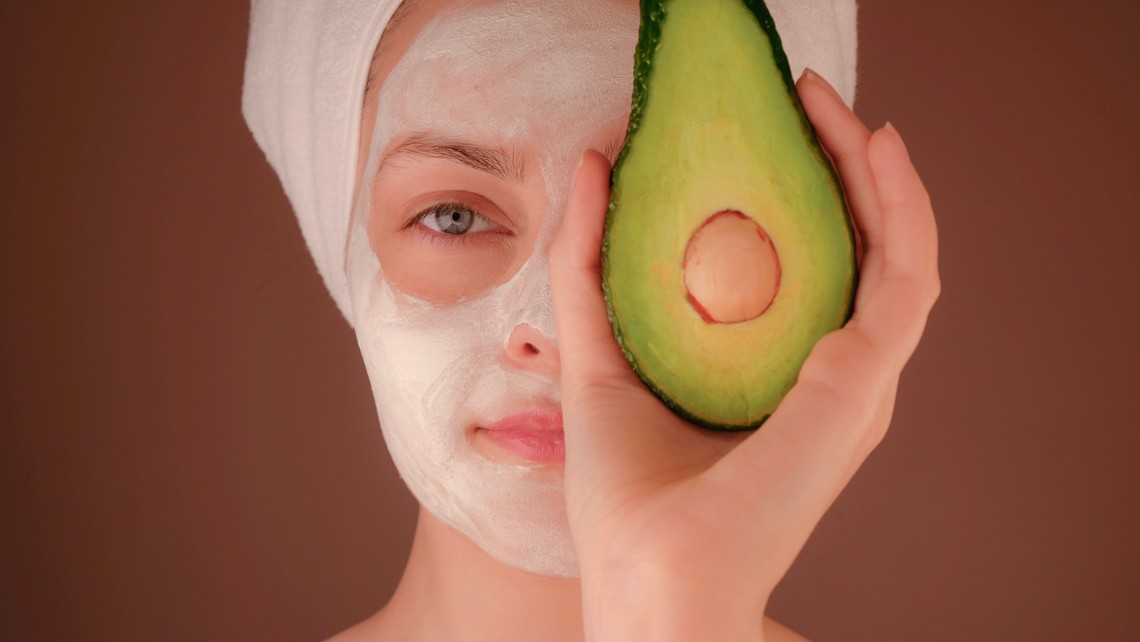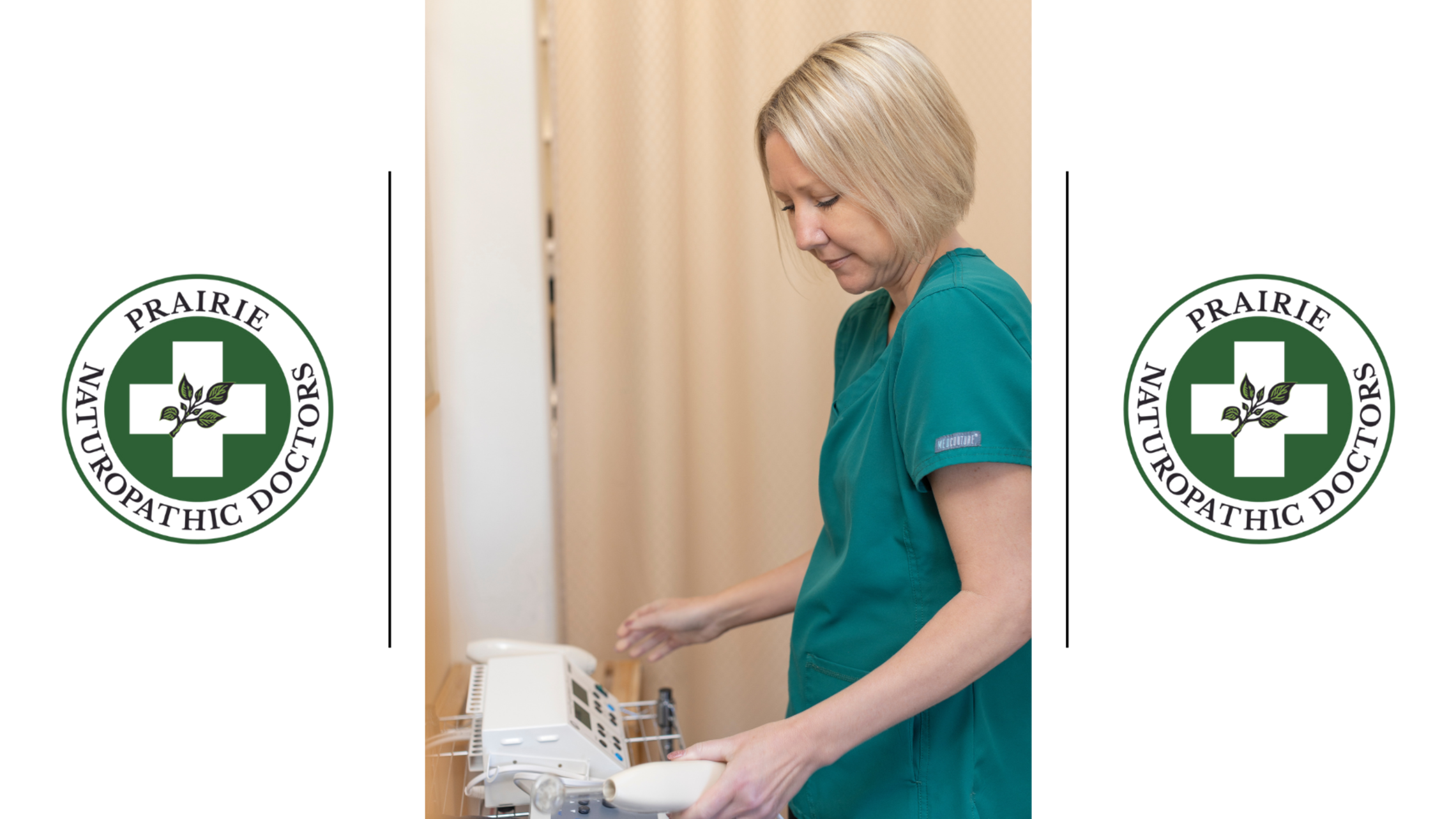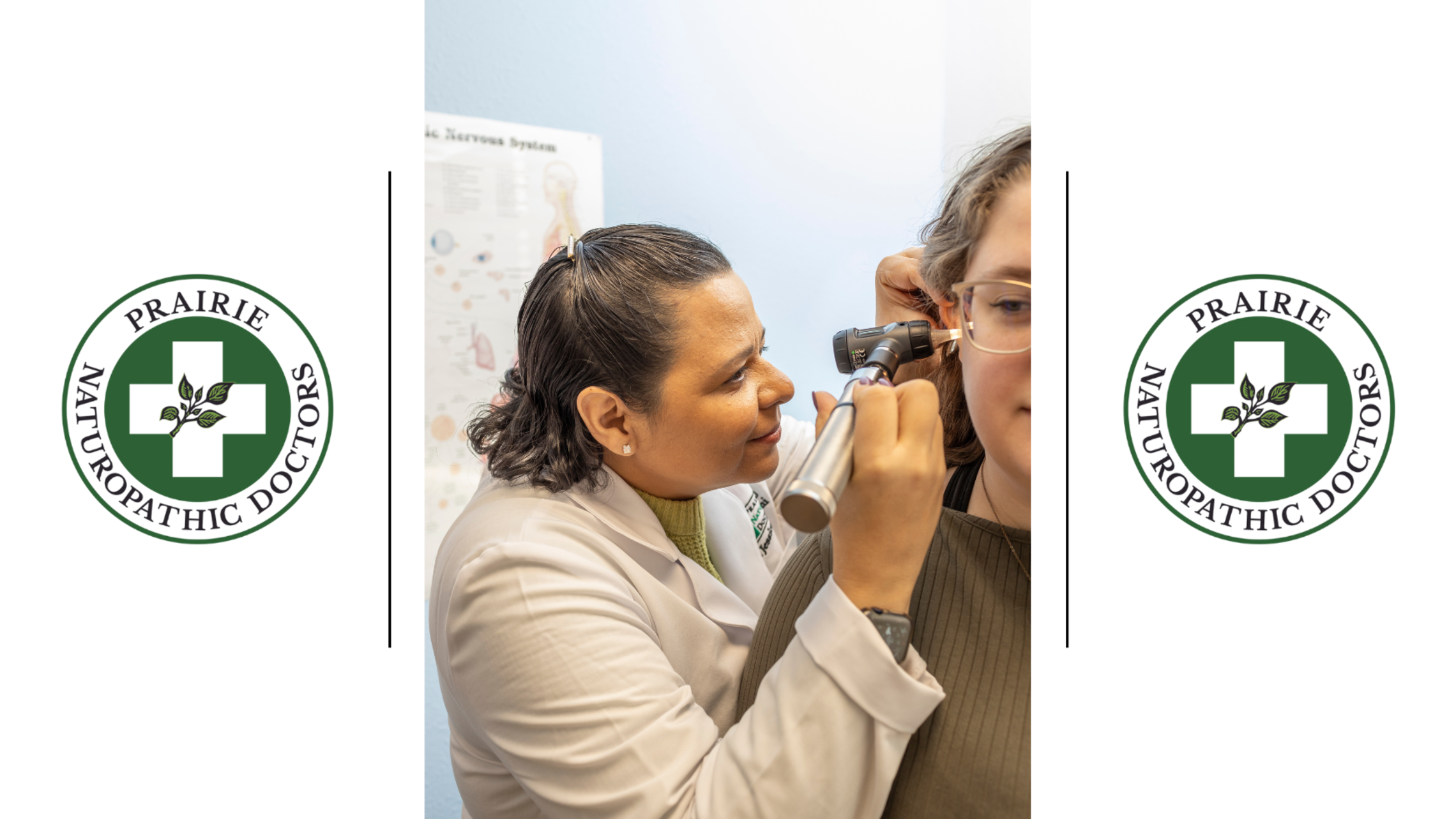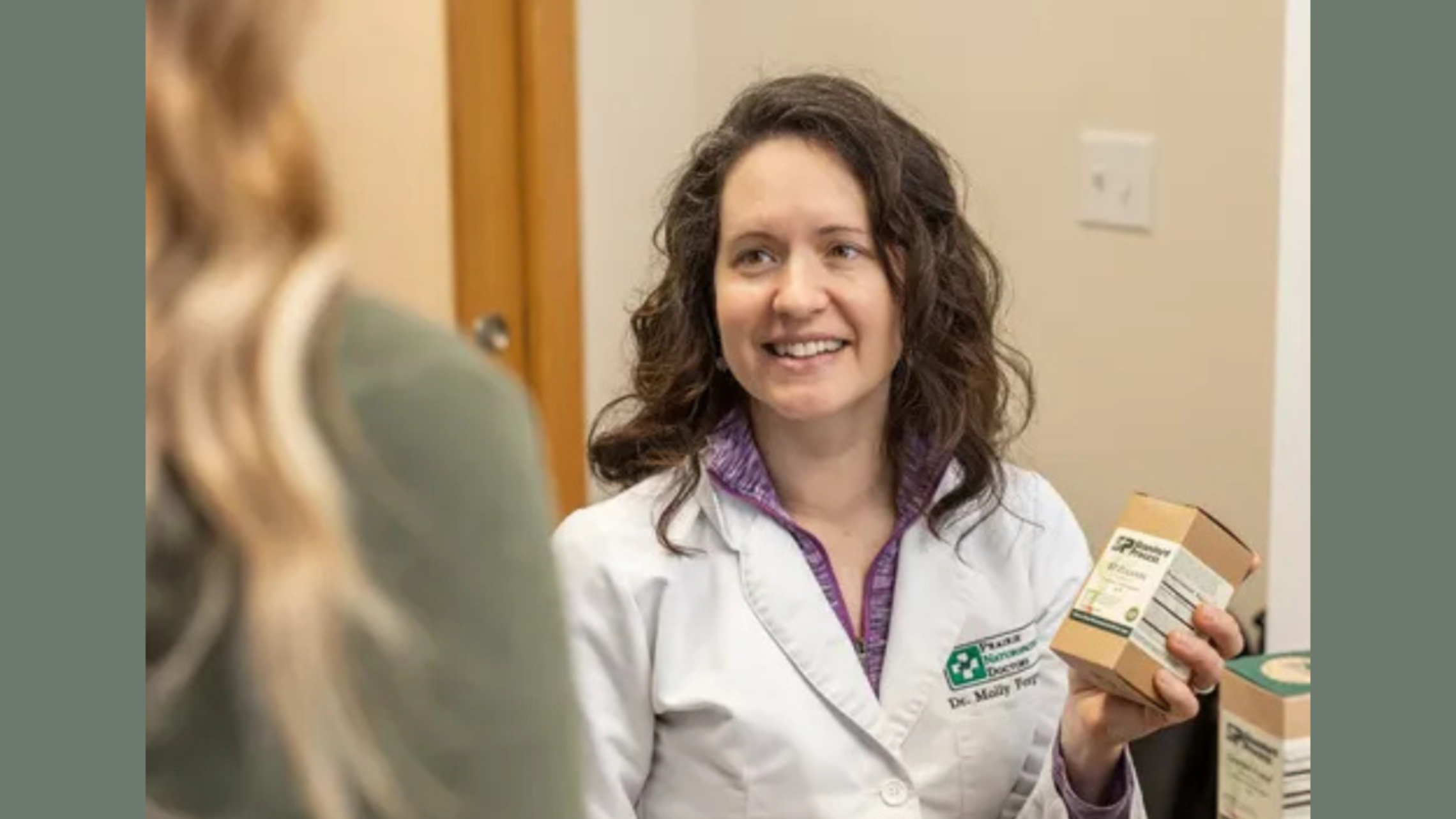What’s the big deal about my skin?

As a naturopathic physician, I can often begin to assess the internal health of my patients simply by looking at their skin’s texture and elasticity. So many factors affect skin health, including toxins from the environment or from skincare products. Other factors include:
- Diet and lifestyle
- Amount and quality of sleep
- Dehydration
- Smoking
- Alcohol or drug consumption
- Chronic stress
- Autoimmune diseases
- Diabetes
- Hormonal imbalances
Your skin is your body’s largest organ, and it has quite a few important responsibilities when it comes to the health and maintenance of your body systems. First of all, your skin serves as a protective barrier between you and your environment, sheltering your internal organs and keeping out harmful viruses and bacteria.
Made up of three layers called the epidermis, the dermis, and the subcutaneous fat layer, your skin not only contains nerve fibers to sense warmth, cold, pain, and touch–but it also acts as a shock absorber to protect the body from injury.
Adequate hydration is important for proper function of the skin. Skin helps to maintain internal body temperature by sweating when you’re too hot. When your skin flakes or becomes dry, it could be a sign that you are dehydrated: if you gently pinch the top of your hand between your pointer finger and thumb, it should snap back into place promptly taking no more than 2 seconds. If it takes longer, then it may be time to go drink some water! If hydration doesn’t fix it, then talk to your naturopathic doctor about other causes.
Another important job of your skin is to absorb sunlight for the production of Vitamin D. Sun exposure is great for health just make sure to avoid sunburn. In the spring ease your way into sun exposure allowing your body to build protection (ie tan). While it is important to not allow your skin to get burned from sun exposure realize sunscreen does block vitamin D production. Sunscreen is useful for areas easily burnt such as ears, nose, top of shoulders as well as for time where sun exposure is significantly greater or intensified compared to usual exposure such as floating on lake (the lake water adds the intensity by reflecting the sun) and laying on beach in the southern US or Mexico after several months of minimal sun exposure (ie winter in Minnesota).
What’s the harm in using my skincare products?
Perhaps there isn’t anything wrong with your products–let’s check them out. Certain ingredients in your products can be absorbed through your skin and have negative effects on your health–effects such as infertility, hormone imbalances, and even cancer. Keep in mind that your skin can absorb chemicals from all sorts of different products including lotion, makeup, facial cleanser, shampoo, conditioner, body wash, and even deodorant.
Here are a few chemicals to look out for in your skin products:
- Formaldehyde - A known allergen and skin irritant, formaldehyde is a preservative which helps prevent bacterial growth. Unfortunately, at least one-fifth of all cosmetics contain this carcinogenic ingredient.
- Fragrances - These are basically a roulette wheel, since all sorts of ingredients can be thrown into products under this title on a label to create the desired scent. Fragrances absorbed into the skin have been linked to respiratory distress, dermatitis, and allergies. Try to go for unscented or naturally-fragranced products.
- Parabens - These prevent the growth of bacteria, mold, and yeast in skin care products. They also disrupt hormone development, leading to a greater risk for breast cancer. Look for butylparaben, ethylparaben, isobutylparaben, methylparaben, and propylparaben on your ingredient list.
- Phthalates - Some examples of phthalates are dibutyl phthalate, diethyl phthalate, and dimethyl phthalate. However, these may not be listed in the ingredients because they are often just filed under “fragrances.” They are endocrine disruptors, and have been linked to an increased risk of breast cancer.
- Propylene Glycol - This chemical is most commonly found in conditioners, hairsprays, lotions, makeup, shampoos, and sunscreens. Classified as a skin irritant, it can cause hives and dermatitis. I want to point out that this chemical is an organic alcohol–so for those who swear by their organic products, keep in mind that the “organic” stamp on a product does not automatically equate to “safe” or “healthy.”
- Sodium Lauryl Sulfate or Sodium Laureth Sulfate - Most commonly used as the foaming agent in shampoos and soaps, good for trapping oil from the hair and skin so it can be easily rinsed away with water, SLS/SLES is linked to organ toxicity, particularly brain toxicity, endocrine disruption, and skin irritation.
- Sunscreen Chemicals - To absorb the ultraviolet light, most sunscreens contain avobenzone, benzophenone, homosalate, methoxycinnamate, and PABA. All of these chemicals have the potential to disrupt endocrine function and increase the risk of breast cancer.
- Synthetic Colors - Banned by the European Union and suspected to be carcinogenic, these chemicals can be identified by the letters FD&C or D&C, followed by a color and a number. For example, FD&C Yellow No. 5 is Tartrazine. Synthetic colors are likely linked to hyperactivity in children.
- Toluene - Exposure to this solvent, used most commonly in nail polish and hair dye, can cause dizziness, drowsiness, headaches, and even nausea. Next time you enter a hair or nail salon, note the pungent smell upon first walking through the door.
- Triclosan - An antimicrobial chemical, triclosan is most often found in toothpaste, deodorant, and soap. It can weaken the immune system and disrupt the thyroid function.
So what products can I use?
Thankfully, and likely due to increased awareness of the harmful ingredients present in many skin care products and their potentially very harmful effects, there are quite a few product lines available for both men and women who desire a safer approach to beauty and hygiene.
While not perfect and any individual product’s ingredients should be reviewed, listed below are some examples of skin care lines that tend to be safer:
- EO Products - Available at natural markets like Whole Foods, this certified organic, non-GMO, gluten-free line of skin care and beauty products smell amazing, thanks to all-natural essential oils.
- DermaE – has a “refuse to use” list comprised of over 2700 ingredients including parabens, phthalates, formaldehyde donors, synthetic fragrances and more.
- Native - Check out their deodorant, sunscreen, shampoo, body wash, and even toothpaste.
- True Botanicals - A team of third-party scientist’s tests and analyzes all of their products for safety.
- Eminence – Organic, plant-based and biodynamic ingredients.
- Giovanni Cosmetics – their eco chic hair care line contains many organic ingredients and avoids phthalates, parabens, PEGs and propylene glycol
In addition to these, online research can often point you in the direction of locally-based natural skin care lines, created and distributed in your specific area.
Changing up your skin care routine doesn’t have to be overwhelming. I urge you to switch up just one or two products at a time–perhaps as you use up your current products. Keep in mind that your body may respond differently, at first, to natural products, and give your body time to detoxify itself from your previously not-so-healthy products.
Ultimately, you will start to notice a difference in how you look and feel–just the same as when you “clean up” your diet and start a new exercise regime. I challenge you to change up your skin care, too.
Build Health. Live Well.


